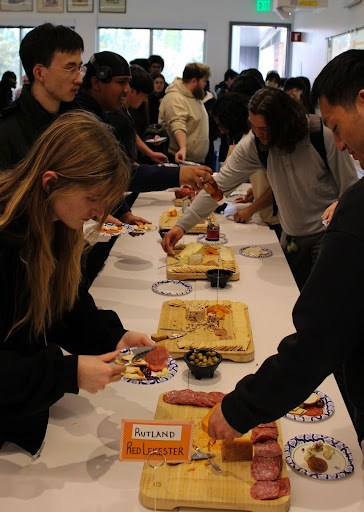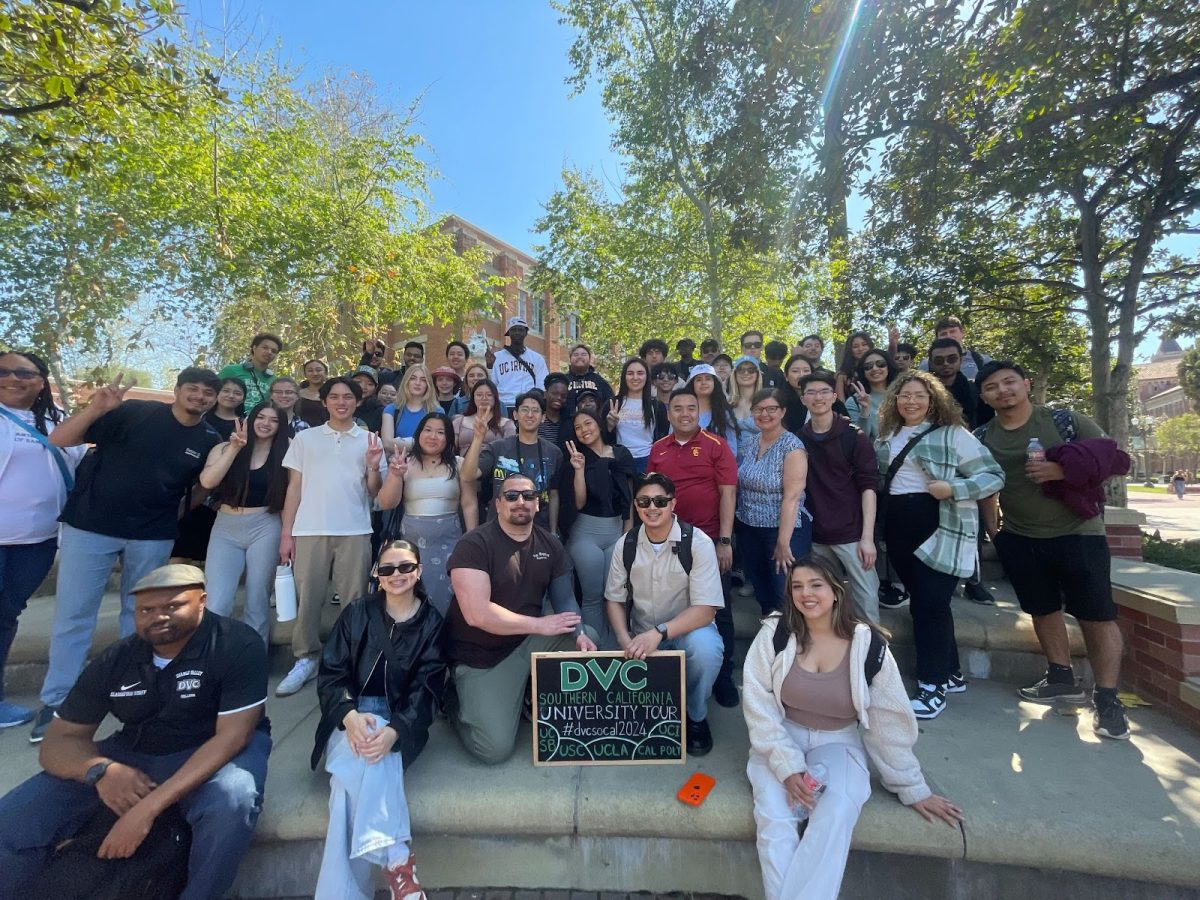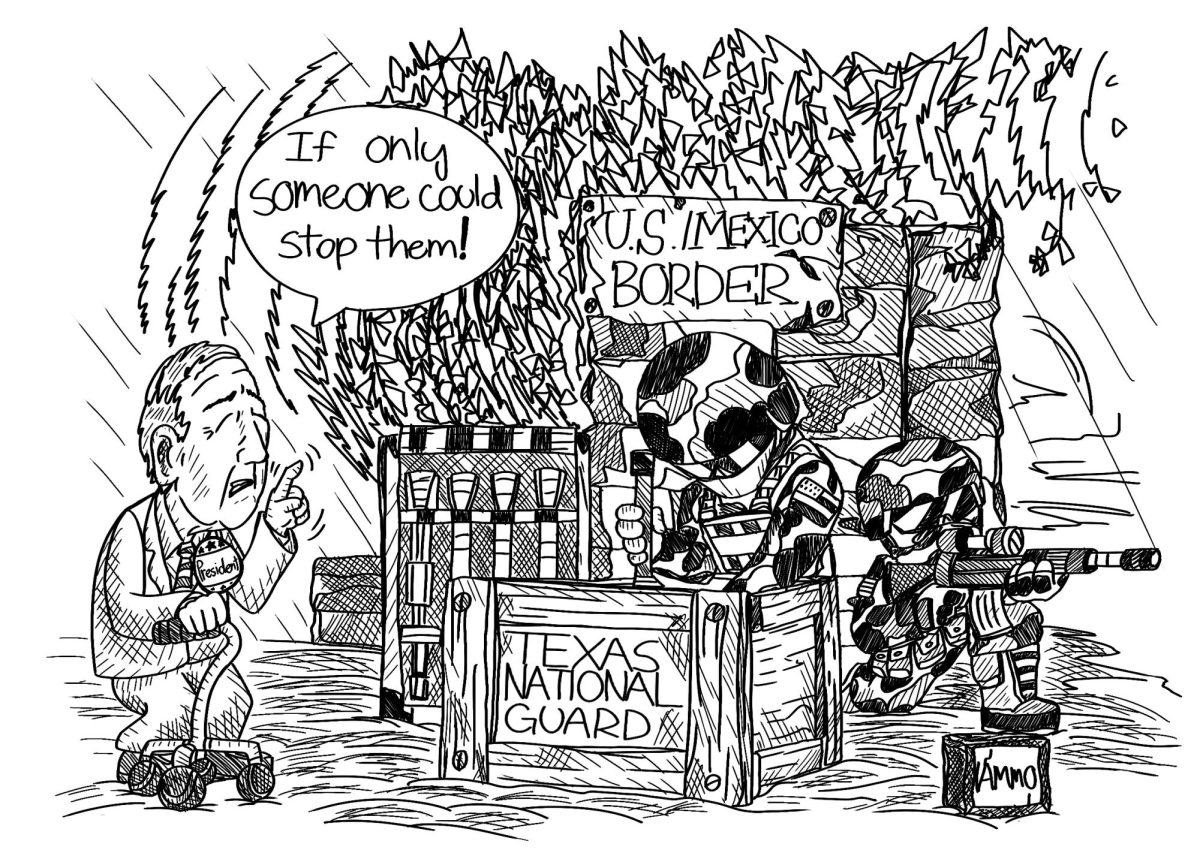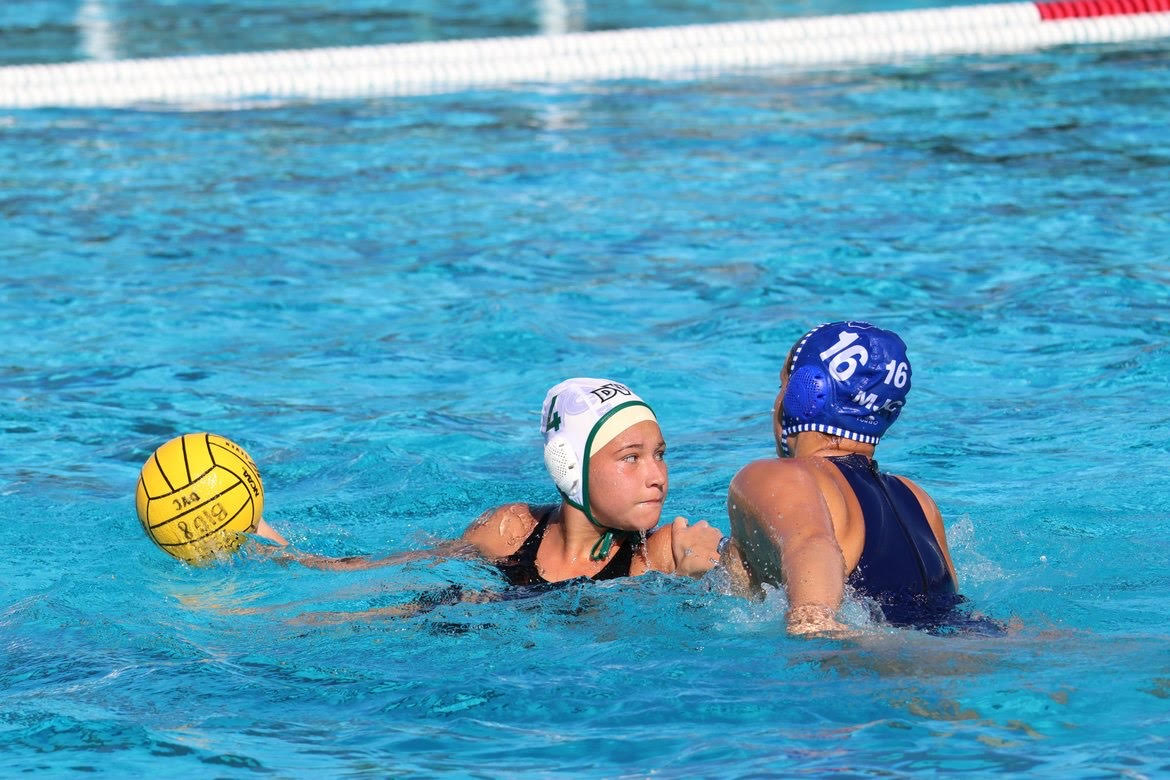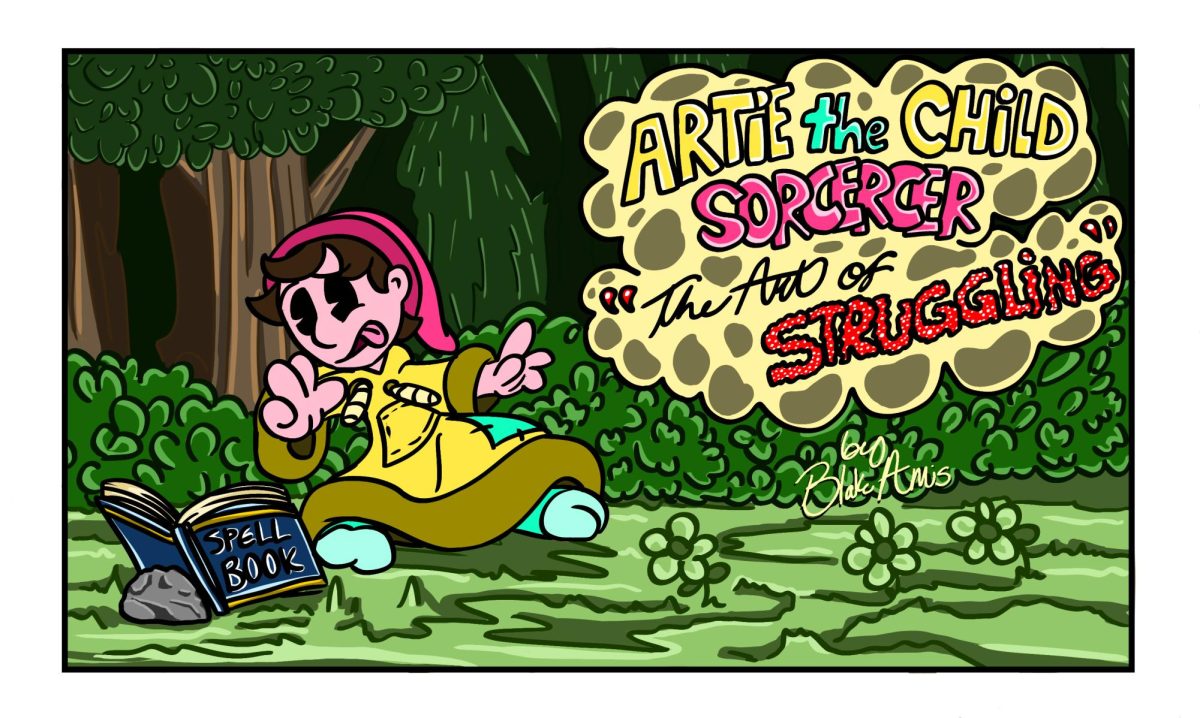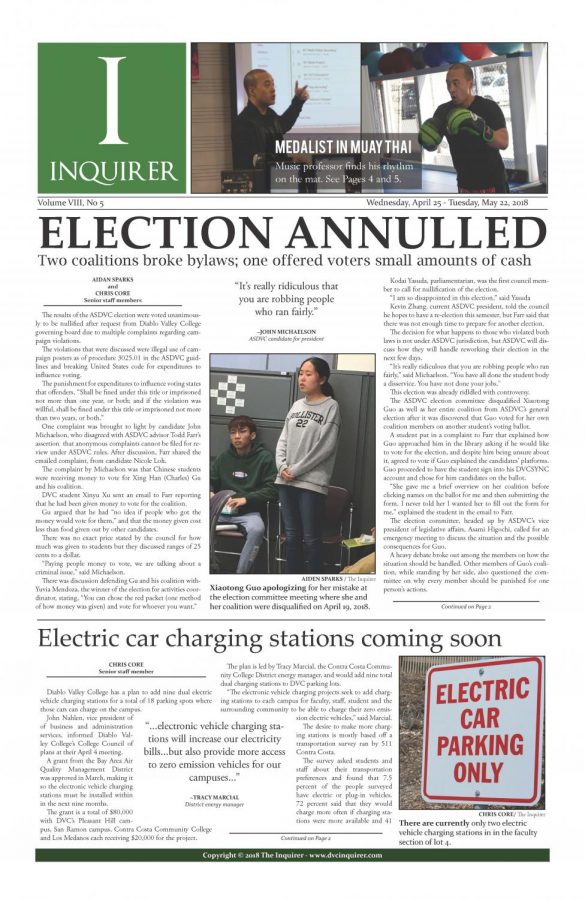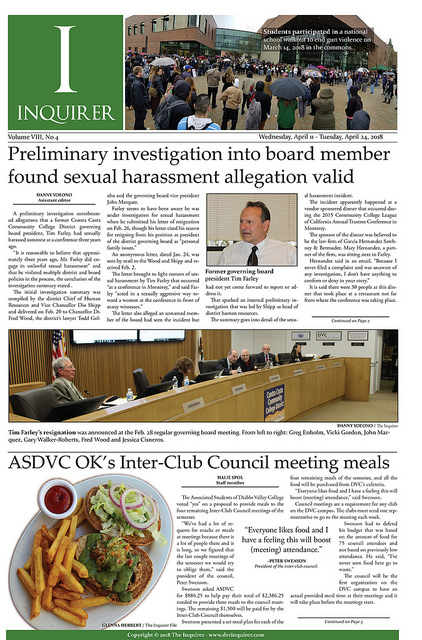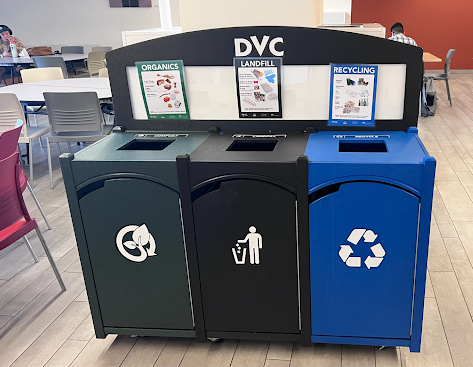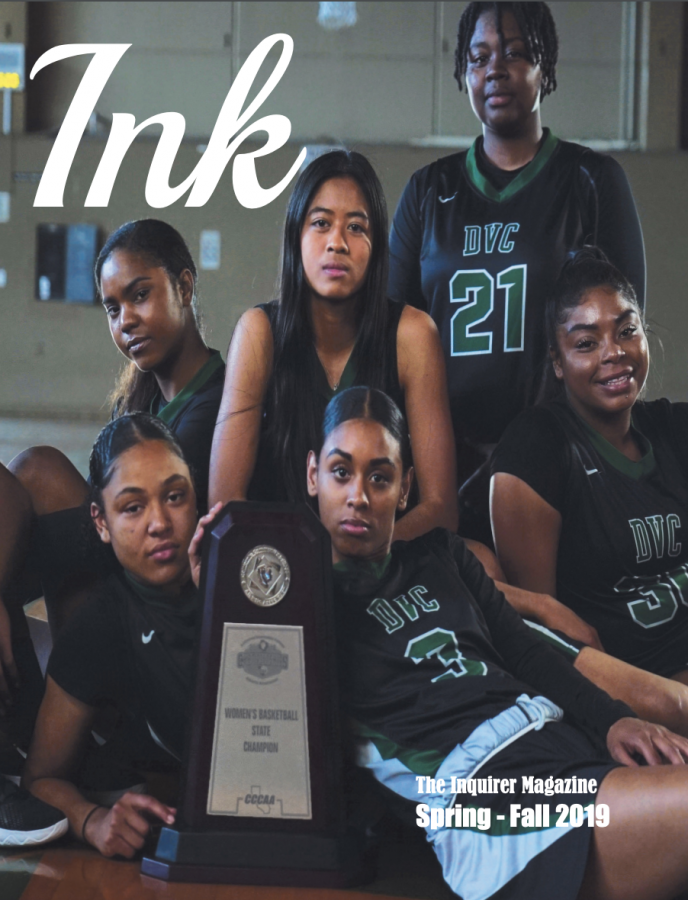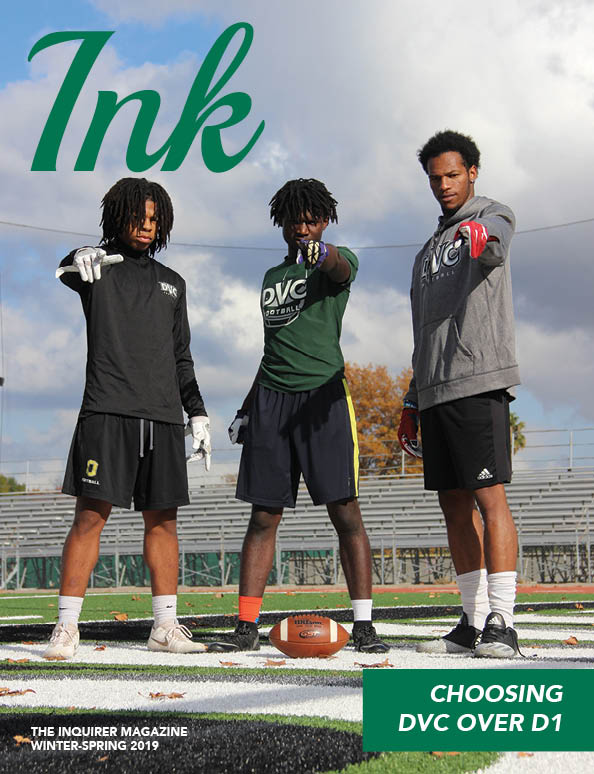On a recent trip to France, I had a chance to speak with two students who attend the Paris School of Business. Leah Hannaoui, who is a third-year student at San Diego State University, currently in Paris for a semester abroad. A fourth-year local Parisian student, who requested to remain anonymous, and has lived in France his whole life. In our conversations, my goal was to better understand how the U.S. and France’s college systems differ.
For starters, one of the most striking differences between the student experience in the United States and France is the cost of education. In the U.S., state schools and universities have notoriously expensive tuition costs, which often force students to take out loans that put them in debt for years, often decades.
It’s widely known here that our public universities typically charge anywhere from $10,000 to $30,000 per year for in-state students, while private universities can exceed $50,000 to even $80,000 annually.
But the sky-high costs in America are a surprise to many students in France, who face entirely different circumstances when it comes to paying for higher education. “I didn’t even know how much tuition costs in the U.S. until you told me,” said the anonymous French student. “I am shocked.”
He added, “If I lived in America, I would have to take money from the bank to help pay my tuition because I could not afford it there.”
In contrast, French universities, including public institutions in Paris, offer significantly lower tuition fees, often charging only a few hundred euros per year. This is because in France, as in most of Europe, higher education is heavily subsidized by the government.
Even prestigious Paris institutions like Sciences Po or the Sorbonne remain far more affordable than their American peers. Though international students must pay slightly higher fees, it still remains reasonably cheap to attend the country’s elite schools compared to in the U.S.
Campus life and living arrangements were another big contrast when it came to discussing student lifestyle in the U.S. versus Europe. Here, American universities tend to emphasize a campus-centric experience, with small dorms, extensive extracurricular activities and student unions that aim to create a tight-knit student community.
Students in the U.S. often live directly on or near campus during all four years of their college life, with their first year being in a small dorm room with a roommate.
In Paris, on the other hand, schools take a different approach, as universities are often integrated into the city rather than having enclosed campuses. Many students in the French capital live in small apartments, often shared with roommates, rather than a dorm. The difference is notable, said Hannaoui.
“Living in my dorm versus a bigger apartment right in the heart of the city is night and day,” she said. “It feels more put together and less crammed.”.
Yet finding housing in Paris isn’t so easy. To do so, students use The Crous, “Centre régional des œuvres universitaires et scolaires” (Regional Centre for University and School Works), a public organization that manages student services, including accommodation, bursaries, student restaurants, and cultural activities. Universities in Paris tend to be less reliable to help students find housing than schools in the U.S. As a result, students must navigate the complexities of finding private housing in one of the most expensive cities in the world.
The anonymous student said, “It was hard to try and find an apartment because of how many people are looking to rent during the school year.”
In addition, social life is a big factor in the typical “college experience” in the US, which is often centered around extracurricular activities, sports teams, Greek life (fraternities and sororities), and on-campus events.
College sports also play a significant role in fostering school spirit and social connections here, as major sporting events like football and basketball games attract huge crowds that include tailgate parties and watching games together.
But the same social setting isn’t true for students in Europe.
“People don’t usually go to sports games unless they are watching professional sports at a pub with their friends,” said Hannaoui. “The sports culture in America is so different than in Europe.”
Parisian social life, by contrast, tends to be more urban and culturally immersive. Rather than large-scale university-organized events, social interactions among students often take place in cafes, bars, or public spaces. It’s common in France, for example, that students hang out for hours in bars or cafes after school and work.
“In the U.S. everyone goes over to each other’s homes and hangs out, but in Paris we rarely hang out in anyone’s apartment, we will usually go to a cafe or on a walk,” said the French student.
Finally, on the question of academics, U.S. universities emphasize assessment through quizzes, midterms, group projects and final tests. Participation in class is seen as crucial for American teachers, because it shows how well students are paying attention and interacting with their professors and peers.
However, in France, higher education tends to be more rigorous and self-driven than in the U.S. There, lectures are typically formal and students are expected to take extensive notes, with final exams carrying significant weight on their final grades.
Students are also expected to manage their studies independently without much help from their professor.
Hannaoui added, “In Paris, twice a week we have to go to school from 11 a.m. to 8 p.m. and have class for almost three hours a day. If we don’t show up, we fail the class.”














